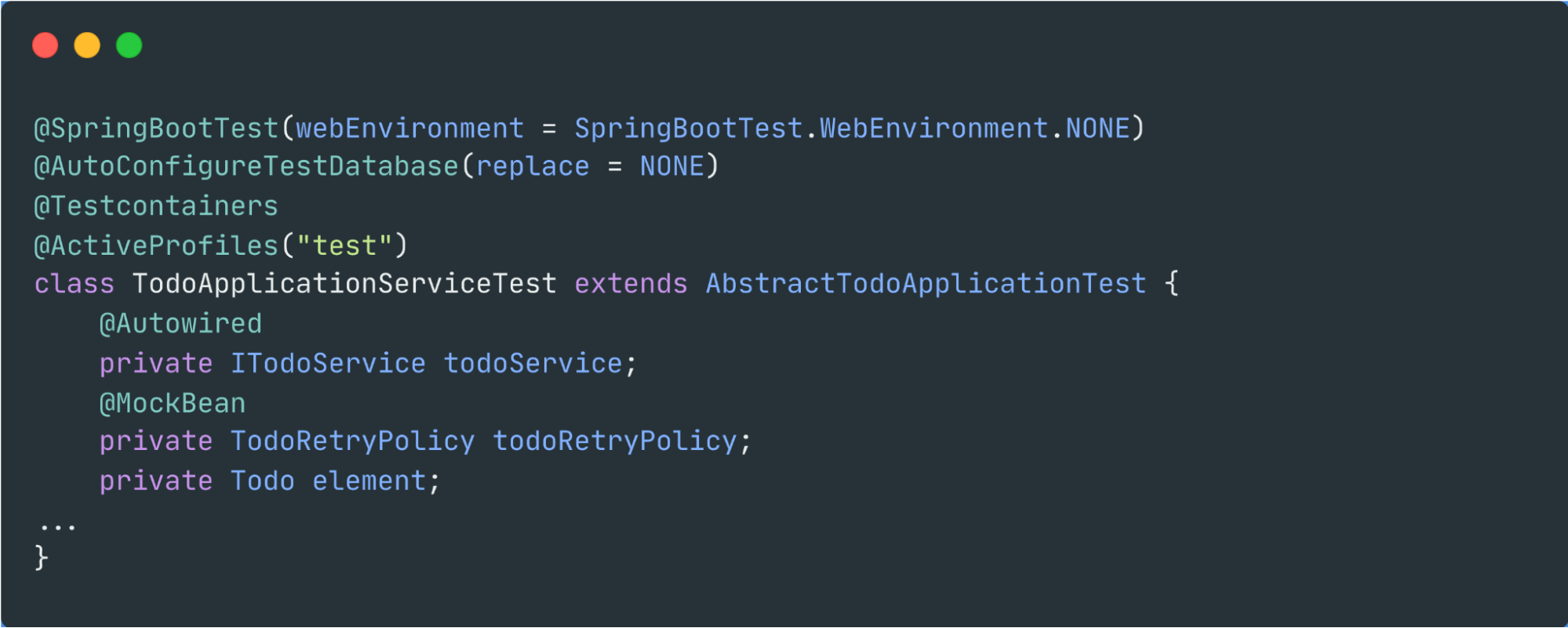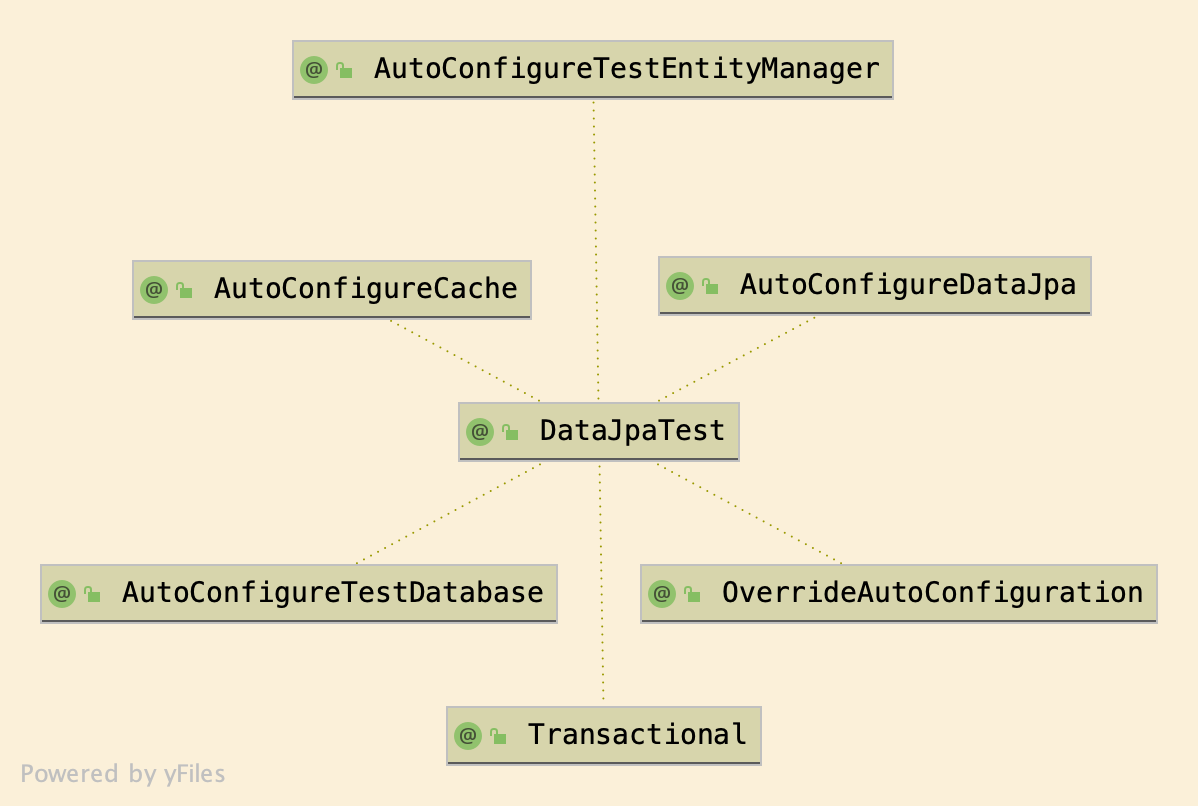Roads & PavementRoads & Pavement
Barefoot
Minimal
Low
Medium
High
Maximal
All around running shoes offer comfort and cushioning for daily runs, jogs, walks, and long mileage. They offer enough versatility for both faster and slower runs and are a great option for those who want one running shoe to do it all.
Fast run or uptempo running shoes are lightweight and responsive. They offer streamlined designs that have minimal uppers and offer a high level of energy return. These shoes are a great option for faster runs in the week or those looking for a livelier experience.
Max Cushion shoes offer premium cushioning with ample ground protection and a stable ride. These types of shoes provide abundant impact protection that softens landings while running at any pace or distance. These types of shoes are best for slower recovery runs and easy days where comfort takes priority.
Racing shoes are designed with optimal performance in mind. These types of shoes have snug-fitting uppers, energetic midsole foams, and features implemented for maximum efficiency. These types of shoes are best for runners looking to gain the ultimate advantage in races but may sacrifice some durability and comfort.
Gym Workout shoes offer a stable and versatile ride. They have a firmer underfoot feeling that provides stability for lateral movements with comfortable uppers. These types of shoes are best for trips to the gyms, cross training, casual wear, and light running. Clarify the javadoc of AutoConfigureTestDatabase to make it
Road running shoes feature smooth outsoles that are designed for running on paved surfaces such as roads, sidewalks, and bike paths.
Designed to handle most trail runs, these shoes prioritize comfort and a smooth ride. These shoes are great for anything from smooth singletrack, park trails, and fireroads making them ideal for those who run from their doorstep on streets before hitting the trail.
These shoes are best used for hard, rugged trails such as shale, granite or sandstone where grip on smooth surfaces and underfoot protection are important.
Designed for use in muddy, soggy conditions, these shoes feature very aggressive outsoles that dig deep into soft ground for exceptional traction.
These shoes feature technical outsoles designed to grip snowy and icy trails making them ideal for winter trail running.
Cushioning level, or stack height, refers to how much shoe is between your foot and the ground. For this category, we reference the amount of cushioning below the forefoot as the heel height will be equal to or greater than the forefoot height.
Resolving org.springframework.beans.factory
0-13mm. The Shoe generally does not have a midsole and feels like there is no cushioning. This shoe is all about feeling the ground underfoot.
14-18mm. The shoe has a thin midsole that allows for a natural running experience. Racing shoes and minimalist shoes are common here. These shoes offer a feeling of being connected to the road or trail.
19-23mm. The shoe has a slightly cushioned feel and may feature added cushioning technologies. Performance training shoes and some trail shoes are common here. These offer protection during footstrike but prioritize a lightweight, grounded experience.
24-28mm. These shoes have a stack height that fall near the middle of the spectrum.The shoes in this category are verstaile and great for all types of runs and distances.
29-34mm. The shoe has a thick midsole and ample cushioning. These shoes are highly protective and absorb more impact than the body.
35mm plus. The shoe has an extremely thick midsole and extra cushioning. The focus is on protection and soft foam underfoot with hardly any ground feel.
Neutral shoes support the foot through a normal range of arch collapse and generally do not have a built-in technology to correct movement.
Stability shoes are a great option for those who overpronate or need added support. These shoes help to limit the inward rolling motion of the ankle while running or walking and assist in guiding the foot straight through the gait cycle. Spring Data JPA CRUD Example Tutorial
Product Details:
How to clear database in Spring Boot tests Piotr Mionskowski sale, Spring boot integration testing with Testcontainers Medium sale, Best practices for testing Spring Boot applications a complete guide sale, Springboot Mybatis Plus sale, Unit and Integration Testing in Spring Boot Micro Service by sale, Error DataJpaTest DataSource sale, Resolving org.springframework.beans.factory sale, Faster Spring Boot Testing with Test Slices Okta Developer sale, Spring boot Multiple DataSource DataJpaTest sale, Cleaner Integration Tests in Spring Boot with Flyway Best sale, Spring TestContainers MySql sale, Documenting RESTful APIs with Spring REST Docs and RAML by Mathias D sterh ft Spring I O 2018 sale, Testing Spring Boot Applications Best Practices Simform Engineering sale, Spring Boot Testing Data and Services DEV Community sale, java How can I see any table when I run any test method through sale, Testing the Persistence Layer With Spring Boot DataJpaTest Code sale, SpringBoot Mybatis Junit sale, Spring Boot JUnit mybatis dao spring sale, spring boot spring boot project spring boot test autoconfigure src sale, Integration Test with Testcontainers in Spring Boot by Alican sale, spring boot The method setContent byte in the type Document is sale, assertThat e atTime do LocalDataTime n o exitem Spring Boot 3 sale, Integration testing for microservices with Spring Boot PPT sale, Spring Boot Testing Tutorial Database Testing with Test Containers sale, Testing Spring Data JPA with DataJpaTest Mkyong sale, rest api unit testing with junit java spring boot The unit sale, Microservice wars JUnit episode V TestContainers strikes back sale, Spring Boot Test with H2 DB by Vivi Wang Medium sale, JPA DataJpaTest HackMD sale, Testing JUnit Mockito sale, Repository sale, DataJpaTest Wrong user name or password OSSEZ HU sale, Spring Boot Testing Tutorial Database Testing with Test Containers sale, Rest Api Unit Testing Workshop Session 03 sale, data.sql vs Sql annotation has inconsistent behaviour in Spring sale, AutoConfigureTestDatabase doesn t work on a superclass Issue sale, Test independence using application slices sale, Spring Data JPA CRUD Example Tutorial sale, Resolving org.springframework.beans.factory sale, Clarify the javadoc of AutoConfigureTestDatabase to make it sale, Test Spring Boot Applications Testcontainers YugabyteDB sale, M04 Q44 When do you want use DataJpaTest for What does it auto sale, java Use embedded database for test in spring boot Stack Overflow sale, Spring boot integration testing with Testcontainers Medium sale, spring boot What is difference between using and not using sale, Integration Testing multiple datasources in Spring Boot and Spring sale, When replacing any database AutoConfigureTestDatabase does not sale, Allow to use TestContainers with AutoConfigureTestDatabase sale, Support AutoConfigureTestDatabase with multiple DataSources sale, java How to one off run DataJpaTest against real database sale, Product Info:
Autoconfiguretestdatabase sale.
- Increased inherent stability
- Smooth transitions
- All day comfort
Model Number: SKU#7011209



